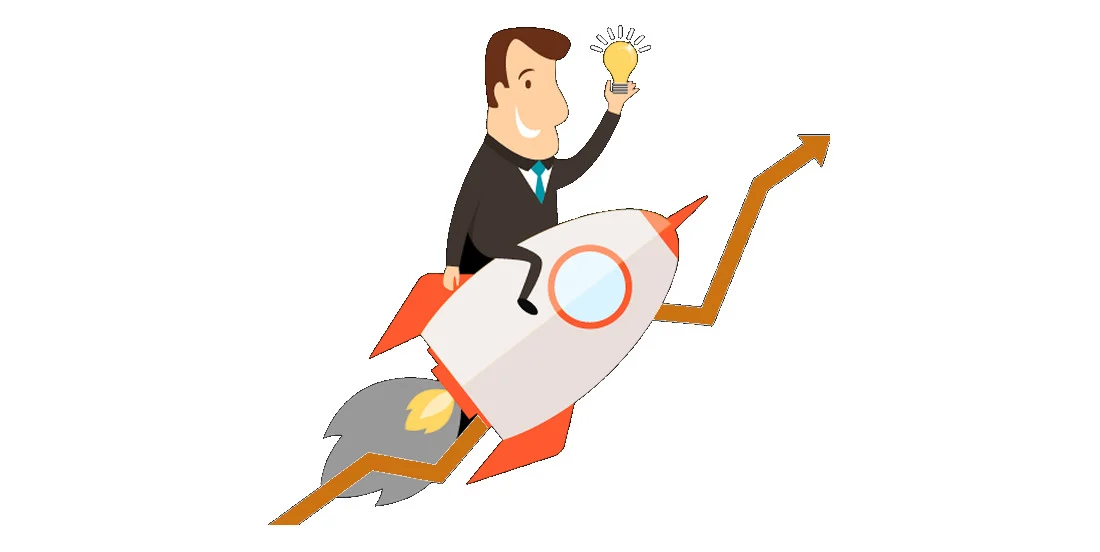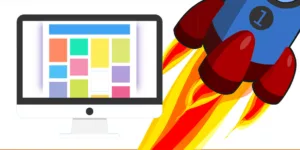Let’s begin with addressing the following key areas behind website development:
- Your target audience
- The kind of information your audience expects
- Offer made by your competitors
- The way your website will support overall business strategy
- Are you outsourcing or developing website internally.
- The budget of developing and maintaining website.

Depending on your business niche, there are many other questions you need to ask. Usually, it has been experienced that startups are notorious for bringing an idea into finalized product in a faster manner. This type of methodology requires thinking, planning work and less doing.
Let’s see the way you can make your web development cycle faster.
1. OUTLINING EVERYTHING
You need to keep minimum time for designing and developing design. For this you need to have a clear about the what and why you are building. Start with the basic idea of keeping a product in mind and core features into consideration and building around that idea.
Additional features can be introduced only if it is highly required as this add complexity to your outline.
2. BRANCHING OUT WITH PRODUCT GROWTH
You can add more specific features after focusing on the core idea. Branching out can help in adding value to your product. These branches acts as additional tidbits and gradually transforming into the selling points which separates you from your competitors.
However, with adding value they also adds R&D times too. One of the fantastic way of visually outlining your data is keeping the core purpose to the centre and non essential features to the additional rings. This visual data will help in organizing your product in a natural manner as the focus will flow from most important element to the least.
3. DEVELOP MINIMUM VIABLE PRODUCT
The core essence of your product is developing MVP, from which every other thing branches off. This is the time to ignore everything that doesn’t make your product functional. You will not only going to end up with a to do list but a clear picture of the features that you need to focus on.
The idea doesn’t circumscrib to the mapping these designed and developing website for a shorter duration but can last for more than 2 years and more. By the time you come closer to this deadline, your product have been matured enough to get a clear direction to build more or adjust accordingly.
The key here is to plan and outline now while developing and designing in a running way. Once you are done with planning MVP, it becomes important that everyone starting from designer to developers have a clear picture as what to expect.
4. BALANCED FIDELITY
Medium fidelity is the correct answer if you are going for a rapid design and development, paired with textual outline on both the sides to have a better understanding of the UX behind features.
5. NO SHORTCUTS IN DESIGN AND DEVELOPMENT
Here comes the most important thing. Keep in mind that design or developments have no shortcuts. Mostly rapid development and design methodologies employes the traditionally custom approach. Make sure to revisit the products to give a proper attention to the design for ensuring that the work done is solid. In designing this is limited to color, positioning, size and aesthetic attributes while development wise it means optimizing codes for better performance.
Whichever way you choose, in the end every business needs solid products for standing out against all the competitors. Who wants to get engaged in the slow designing and development process? Definitely no one. Don’t focus on skipping any part entirely but consider all the important aspect of every particular part of the cycle.








